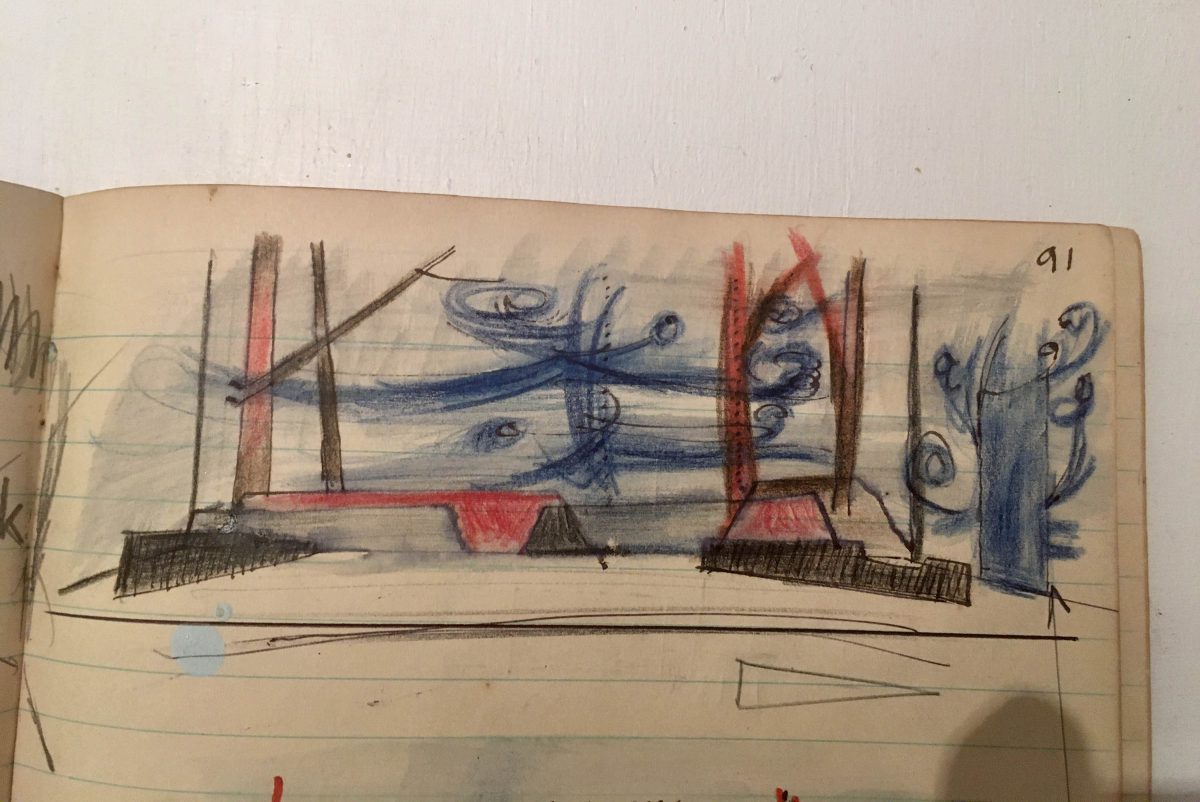Dear Editor,
This is a response to Al Creighton’s column in the September 20 Sunday Stabroek entitled `Indigenous heritage dramas rare but important’.
Amalivaca was indeed created and produced by dancer Helen Taitt in the format of dance theatre. In 1961 I was asked by Arthur Seymour, the Director of the History and Arts Council (later the Department of Culture) to do the stage design. I created an image 8 x 8 feet, on two sheets of plywood to be placed in front of the curtain and separated to stand on either side of the stage when the curtain was opened. The background was painted in long rhomboid geometric shapes to symbolize Mount Roraima with swirling shapes for the wind. Music was composed by Hugh Sam for the various scenes.
After the event I did write a commentary in my notebook. “The decor did blend well with the angular ‘primitive’ movements of certain arts of the dance. I would like to know why this aspect was not fully extended in dance and music. (At the time I was thinking of the consistency in Stravinsky’s Sacre du Printemps). It was in the beginning but later on there was a distinctly lyrical flavour to Sam’s music and the dance went hand in glove with it making good use of classic ballet techniques. I am not saying that the Taitt dance and Sam’s music in these lyrical moments “lacked artistic skill or merit but in my opinion such movements did not fit in with the theme.” It was good to see that some effort was being made to connect with the original culture of Guyana and one expects to see the discretionary application or use of artistic license in any production in the Creative Arts. I was not offered an invitation and had to go demand one.
I had a significant experience during 1953-4 trying to establish a direct connection with the land by making use of Indigenous symbols and gave up after three attempts creating images that in essence seemed meaningless. In 1954 one of the series was destroyed in a fire at the W.I extramural Department Office on the west side of High Street near Regent. I accepted this as a good omen regarding my decision to stop manipulating imagery that belonged to the Indigenous population and was most pleased indeed to witness the arrival of George Simon on the scene to develop and extend the work of Marjorie Broodhagen and Stephanie Correia. I do particularly respect Correia’s ceramic pieces, as opposed to her paintings of merit and relevance, in which she was indeed carrying on a distinct unique heritage.
Yours faithfully,
Stanley Greaves





